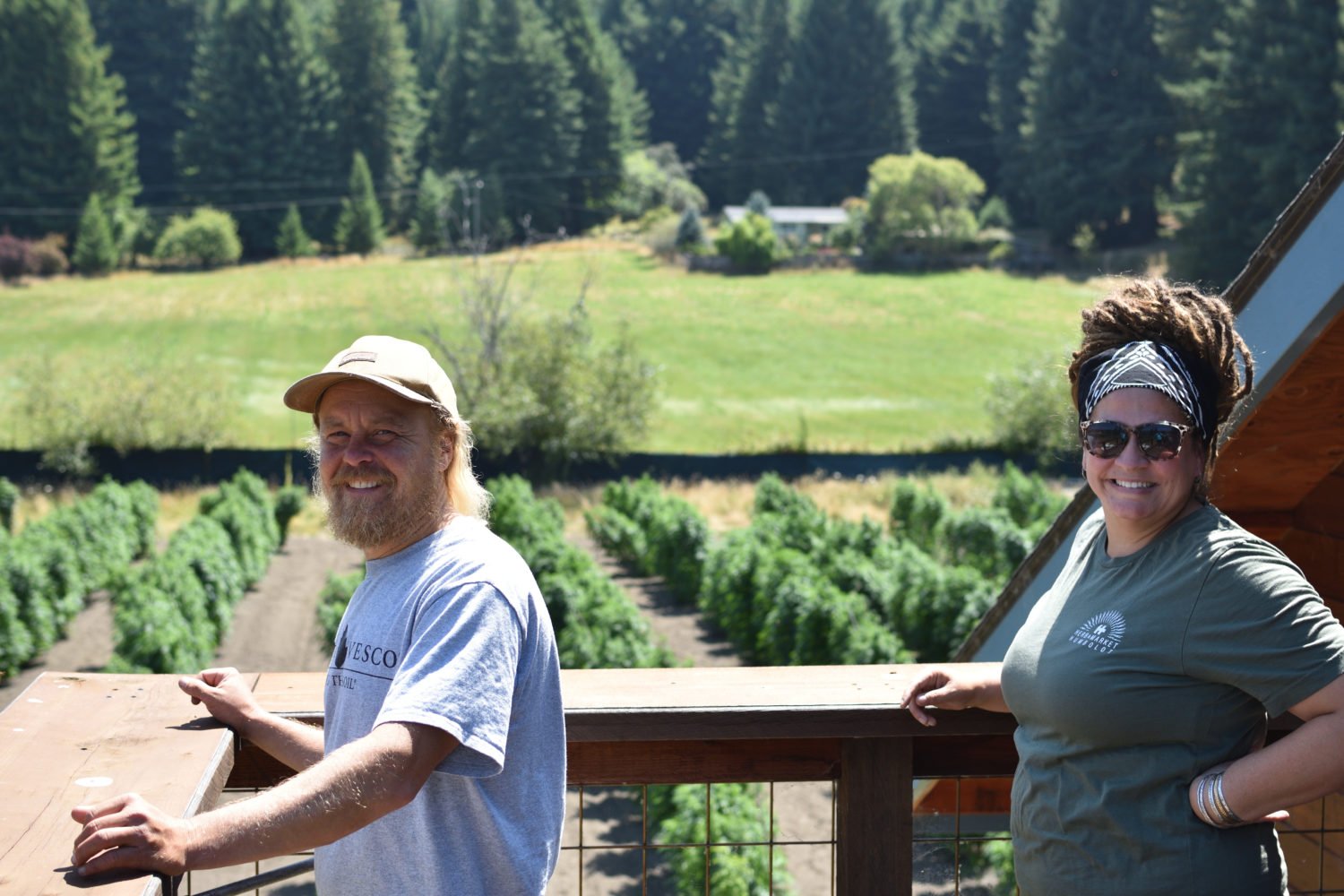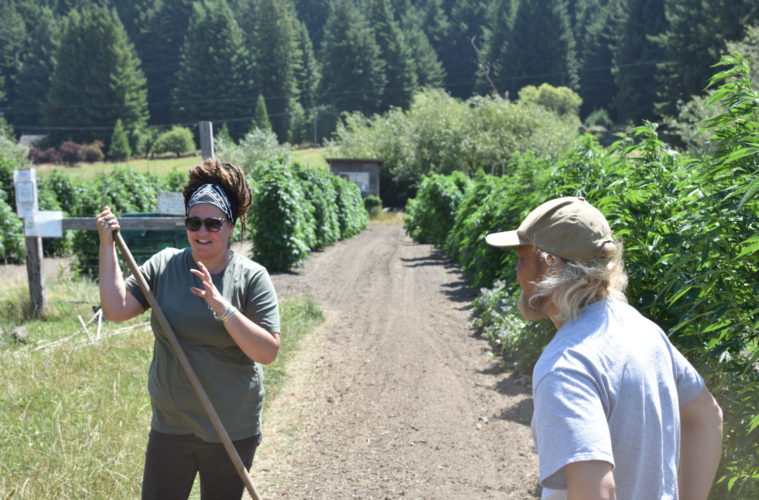The annual full-term harvest serves as a major survey point on the cannabis calendar year, we talked with Humboldt farmer, dispensary owner and 2015 Humboldt Cup Winner Chrystal Ortiz to get her take on the situation heading into Harvest 2022.
This year we enter the weirdest harvest yet. While there will still be significant tonnage produced in California, less of it than ever will be associated with the people who backboned the state’s production levels for 40 years. In the process of celebrating the survivors, it’s essential we don’t forget those who thought they were going to make it this far.
Some legacy operators did whatever they had to do to participate in the legal market — whether moving their whole families or commuting two hours a day to get to a farming space they could get permitted. Some did not have the resources to pull it off. In celebrating another harvest, we’re not making light of their struggle.
We continue to watch brands enter the legal market later than expected. And if the weed holds up, the entry point doesn’t matter because people will still be excited. Just look how big the Serge Cannabis drop was locally last week, or how huge the first 3rd Gen Family flower drop will be out of their new Mendocino facility. We hope many farmers in the Emerald Triangle will be able to jump back into the game in a similar fashion when exports start state to state and then internationally. There is just too much pot in California right now, but there probably isn’t enough being grown to go around for Europe and The Middle East when the time comes. 
Chrystal Ortiz owns a dispensary in Humboldt County as well as High Water Farm, one of the state’s biggest name dry farms. She gets to see the recent market hurdles from both perspectives.
“I think the actual growing season this year has been phenomenal. And so just from like, purely a farmer’s perspective in terms of the joy of it, the actual weather and the season has been really beautiful, forgiving, and amazing. So that’s exciting,” Ortiz said.
But while some farmers have never recovered from fires, much of the time it was the wider market coming online in recent years driving down the pound price. For those participating in California’s legal market, it was the mega-farms that drove down prices. For those participating in the state’s underground cannabis economy, it was the fact people could drive to places like Oklahoma or Maine and get pot that was 85% as good, without the risks of shipping it all the way from The Emerald Triangle
Those factors remain persistent.
“The market conditions are dire and bleak and depressing, I think we’re all just kind of in a state of disassociation, I think, from that reality,” Ortiz said with a laugh, before emphasizing again things were pretty awesome this year besides the pound price.
While she does her best to take it in stride, she took her own hits this year. She and her husband, Noah, had to lay off their farm staff. He’s now on the farm full-time, while she runs the dispensary.
We asked her which of her hats she found trickier at the moment, being a cannabis farmer or dispensary owner in the heart of the world’s most famed cannabis-producing region?
“I haven’t even considered that question. I mean I haven’t. The farming part obviously is super hard. The dispensary has positive cash flow and it kind of rolls, but it’s super slow. Everything’s so slow. Ticket sales are down. People are down. So they’re both hard,” Ortiz said. “They’re both equally hard for different reasons.”
But the survivors like Ortiz who have made it this far in Humboldt should have a decent leg to stand on against the flood. It’s hard to compete with Southern Humboldt in smoke-free years as plenty of pot contests have shown over the years, especially The Emerald Cup.
“At least the quality is gonna be stellar. The season has been phenomenal. There’s less smoke in the air. There’s no smoke, you know, it’s just one of those seasons so far,” Ortiz said. “For us, that’s just been beautiful.”
While some of the best weed came from drought years, what’s the point if it all ends up smelling like the Wildfire Kush phenotypes of 2018 caused by the record-breaking Mendocino Complex Fire? Thankfully nature has had different plans for farmers this year.
“We had early rains, we had a good water table,” Ortiz said. “And so with market conditions, aside all the other obstacles that would be there to potentially hinder your business you know, bombs, pathogens, weather all that stuff, has been graceful.”
From there, the conversation went through the twists and turns of each harvest. Ortiz noted it’s hard to grow with an uncertain future. She feels like there was still a lot of hope throughout 2018. But in 2019 things started to take a turn toward the horrors of 2020 and 2021.
But in the process, she emphasized it wasn’t just the crashing value of cannabis causing the problems.
“With all the scaling up and with all those production increases, and we also had a bunch of nurseries with a bunch of pathogens like Hop Latent Virus, super mites and a bunch of shit we never dealt with before when everybody was small scale isolated forest grow,” Ortiz said.
Advertising disclosure: We may receive compensation for some of the links in our stories. Thank you for supporting LA Weekly and our advertisers.

